National Education Policy 23 new update It was NEP 2020 lunched by 29 July 2020 reforms in the education sector to create accessible equitable and high quality education for all over the in India.
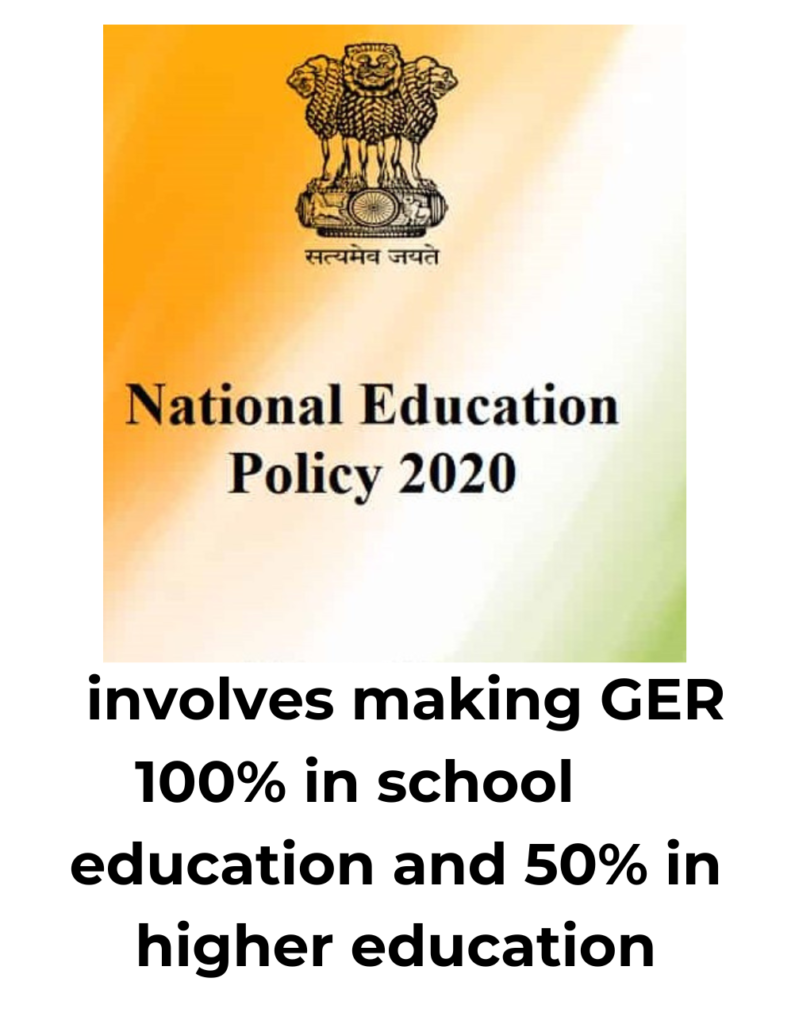
Table of Contents
What is National Education Policy 2020
It was launched by 29 July 2020 reforms in the education sector to create accessible equitable and high quality education for all. Involves making GER 100% in school education and 50% in higher education. this is difficult to achieve only through the brick and mortar buildings of schools, colleges and universities. The way for access equity quality affordability and accountability this policy is aligned to the 2023 agenda for sustainable development.
Innovation and start up NEP 23
Atal ranking of institutions on innovation achievement [ARIIA] aligned with NEP has been launched in 2021 for creating a culture of research, incubation and start ups.
Keeping in view the recommendation of NEP 2020 and UNESCO sustainable development goal [SDG]
4.6, a centrally sponsored scheme NEW INDIA LITERACY PROGRAMME has been approved by the government of the india in this year with financial outlay of rs.1037.90 crore
[central share rs 700.00 cr. And state share 337.90 crore ] for the financial year 2022-23 to 2026-27.
National Education Policy 2023 New scheme update
1. PM SHRI
2. Draft National Policy on person with disabilities [PWDS]
3. Poshan Bhi Padhai Bhi
4. Pradhan Mantri Uchchatar Shiksha Abhiyan
5. New Guidelines For Granting Deemed
PM SHRI
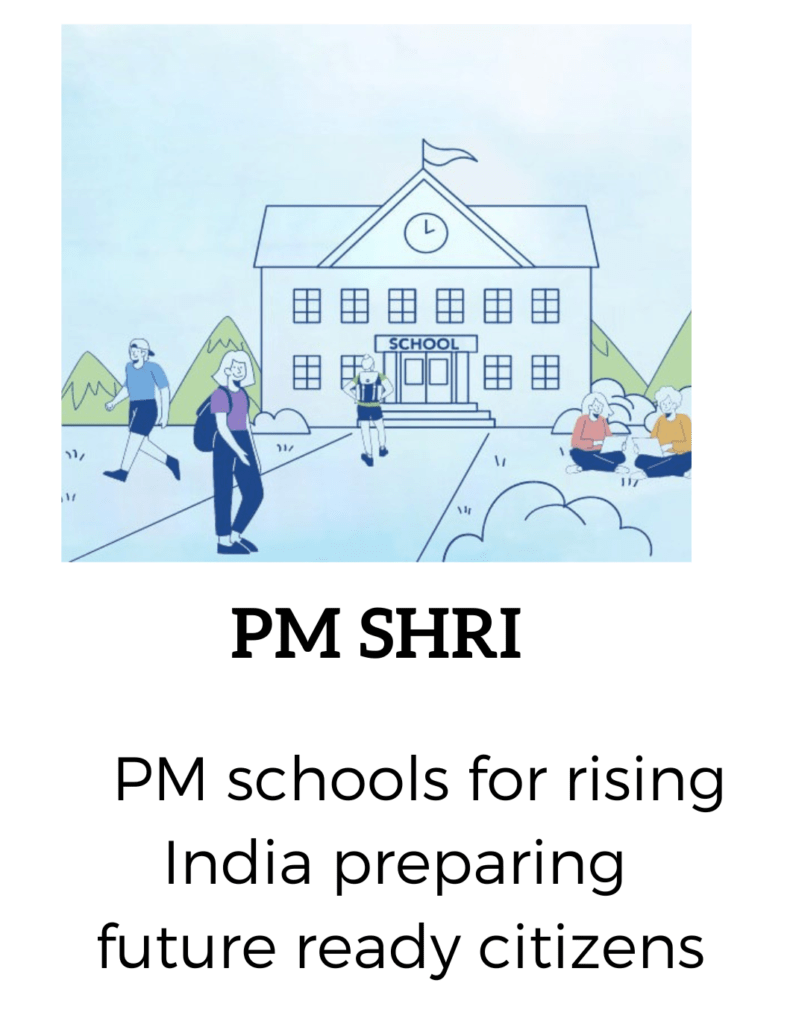
The cabinet approved a newly central sponsored scheme PM SHRI 7 September 2022. More than 14500 school central government / state / ut government / local bodies. the duration of scheme is proposed to be form 2022 to 27. More than 18 lakh student beneficiaries expected.
PM shri schools for rising India preparing future ready citizens
1. schools to showcase all the components of NEP 2020.
2.each child registered with unique ID
3.Enrolment and learning progress of every child to be tracked.
4.exposure to cutting edge and 21st century skills from pre school to grade 12.
5.every child to achieve foundational literacy and numeracy by grade 3.
6.exposure to every child to vocational education in middle school.
7.every secondary grade child passes out with at least one skill. 8. sports, arts, ICT for every child.
9.every classroom engaging with innovative pedagogy.
10. each school linked/ connected to higher education institutions for mentoring.
11. every school linked / connected to local entrepreneurial ecosystem.
12.every school a green school
13. character building, green life style, citizenship values, fundamental duties and responsibilities
towards nation- building will be focus area.
14. every school quipped with modern educational, inclusive and accessible infrastructure.
15.every school to self – disclose in online school quality assessment framework [SQAF ]
Selection of PM-SHRI school will be done through challenge mode where in school compete for support to become exemplar schools. The schools would be required to self – apply on the online portal. The portal will be opened four times a year, once every quarter for first two years of the scheme.
Draft National Policy on person with disabilities [PWDS]
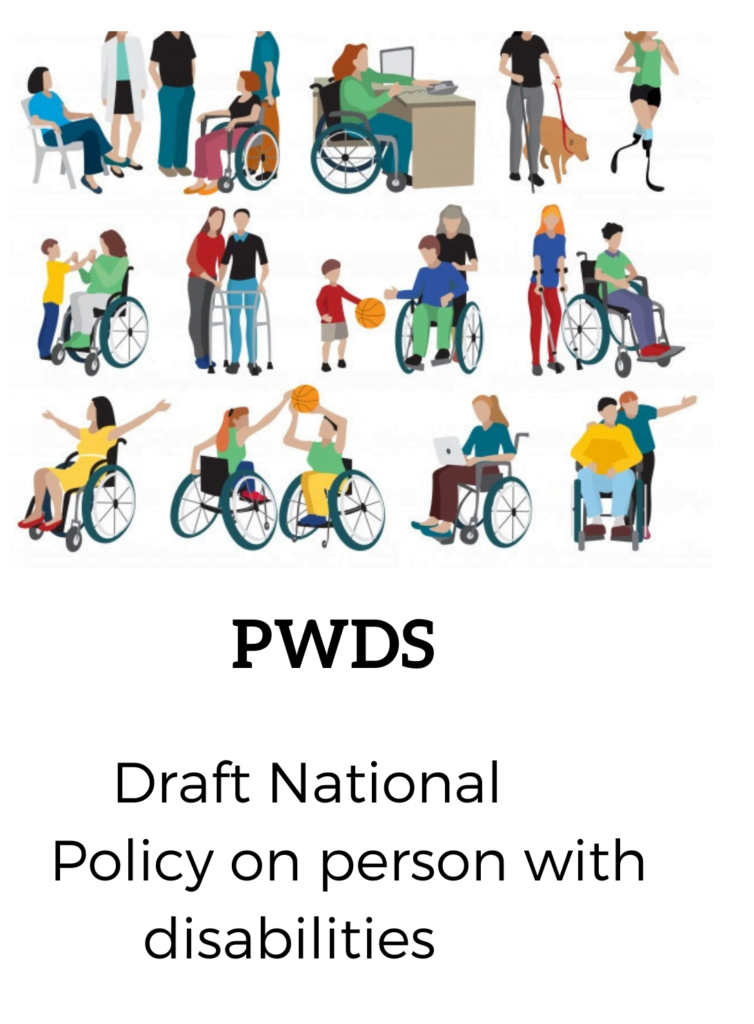
It seeks to replace the national policy on disability 2006.under new national Education Policy 2020.
The principle of the draft policy is to showcase the governments commitment to the inclusion and empowerment of PWDS by providing a mechanism that ensures their full participation in society and helped them to lead productive safe and dignified lives.
Department of school education & literacy Launched a disabilities screening checklist for schools and android mobile app titled as PRASHAST mobile app will help in screening 21 disability conditions.
Multiple factors including
Signing of united nations convention on rights of person with disabilities [UNCRPD] by india in 2007.
Enactment of right of person with disabilities [RPD] act 2016 which increased the number of disabilities from seven condition to 21.
Adoption of national education policy 2020 which promotes inclusive education.
India is a party to the Incheon strategy for Asia Pacific decade for PWDS 2013-2024.
It identifies 10 goals for Asia Pacific countries to ensure the inclusion and development goals [SDG 2030]
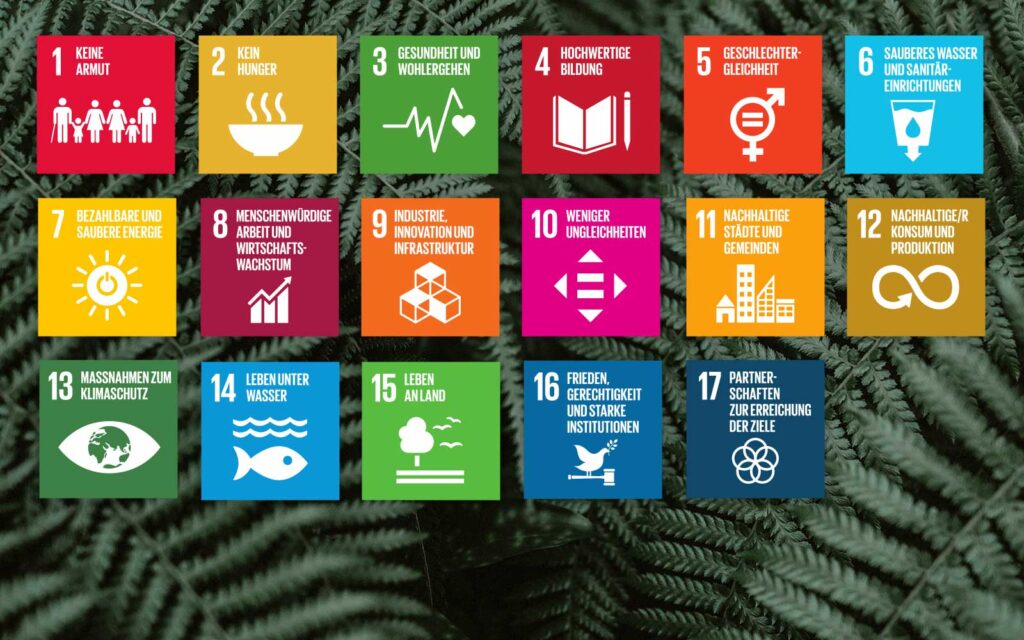
Rights of persons with disabilities act 2016 [RPD]
1. To take care of entire gamut of disabilities covered under RPD act and other medical conditions which are considered as risk cases that may manifest into any form of disability.
2. One- third on the most disability in children being preventable, if detected early.
3. Hassle free certification id disability based on disabilities covered by RPD Act 2016.
4. State / UTs should add provision on compliance with RPD Act when granting permission / recognition to educational institutions. 5 .National level employment portal for PWDs will be developed with information like skill training in different locations, vacancies, eligibility, recruitment etc.
6. Disability data management the government is already implementing unique disability ID card project to create a national database for PWDS.
7. The data base should be liked with all service delivery mechanisms through appropriate application programming interface [API] integration in the near future.
8. All schemes and program meant for individual citizens should capture disability disaggregated data on disability.
PM USHA P. M Uchchatar Shiksha Abhiyan
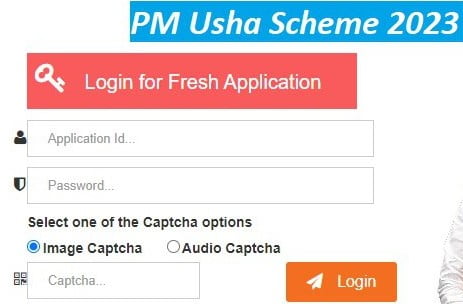
14 States and Union Territories are yet to sign a crucial MoU with the Union Education Ministry. The MoU mandates the implementation of the National Education Policy in order to avail funds worth almost ₹13,000 crore for the next three years.
What is PM USHA scheme.
These funds will be disbursed under the Centre’s flagship scheme for State-run higher education – Pradhan Mantri Uchchatar Shiksha Abhiyan (PM-USHA). Concerns Raised By States
The MoU is being signed to show the willingness of States and UTs to participate in the PM-USHA scheme. States have expressed worries about the MoU because it requires them to cover 40% of the budget for the PM-USHA initiative.
PM-USHA aims to address the key gaps and issues identified by NEP 2020. Pradhan Mantri Uchchatar Shiksha Abhiyan (PM-USHA)
What is aim PM-USHA
PM-USHA aims to improve the quality of higher education in State Universities while ensuring equity, access, and inclusion.
It will do so through curricular and programme changes, teacher training, physical and digital infrastructure, accreditation, and enhancing employability.
It provides an outlay of ₹12,926.10 crore between 2023-24 and 2025-26.
Additionally, there are no additional funds set aside specifically for carrying out reforms outlined in the National Education Policy (NEP).
The MoU makes it mandatory for States to undertake the administrative, academic, accreditation, and governance reforms detailed in the NEP. This also includes an academic credit bank, entry and exit flexibility, and the Samarth e-governance platform.
This has irked some State governments as States will need more funds and aid from the Centre to implement the NEP. Higher Education Institutions (HEIs)
Statistics report
As per the AISHE report 2020-21, there are 1,113 Universities, 43,796 Colleges, and 11,296 Stand Alone Institutions.
There are 422 State Public Universities that have 41,836 affiliated colleges.
446 Universities are privately managed and 475 Universities are located in rural areas, 17 are women-centric universities.
How many enrolment this scheme
Total enrolment in higher education has been estimated to be 4.13 crores with 2.12 crores boys and 2.01 crores females.( 48.7% of the total enrolment) There are 2,255 students enrolled in Integrated Ph.D. in addition to 2.11 lakh students enrolled in Ph.D. Level.
What is currently faced by the higher education system in India
As identified by National Education Policy 2020
A severely fragmented higher educational ecosystem; less emphasis on the development of cognitive skills and learning outcomes; the rigid separation of disciplines, early specialization, and streaming of students into narrow areas of study;
socio-economically disadvantaged areas, with few HEIs that teach in local languages;
1. Limited teacher and institutional autonomy;
2. Inadequate mechanisms for merit-based career management and progression of faculty and institutional leaders;
3.Lesser emphasis on research at most universities and colleges, and lack of competitive peer-reviewed research funding across disciplines;
4. Suboptimal governance and leadership of HEIs 5. An ineffective regulatory system; and large affiliating universities result in low standards of undergraduate education
Background
Before PM-USHA schemethe Rashtriya Uchchatar Shiksha Abhiyan (RUSA) was a Centrally Sponsored Scheme to fund States/UTs institutions.
The first phase of the scheme was launched in 2013 and the second phase was launched in 2018.
Now, in the light of the National Education Policy, RUSA scheme has been changed to as a Pradhan Mantri Uchchatar Shiksha Abhiyan (PM-USHA).
About
It is a centrally sponsored scheme of the Government of India executed through the Ministry of Education.
The scheme aims to work with over 300 HEIs including the state universities, its affiliated colleges to raise the quality of education.
Key Objectives
The key objectives of PM-USHA are to improve access, equity and quality in higher education through planned development of higher education at the state level.
The objectives also include
- creating new academic institutions
2. expanding and upgrading the existing ones ▪ developing institutions that are self-reliant in terms of quality education, professionally managed, and characterized by greater inclination towards research.
Funding
PM-USHA aims at providing strategic funding to eligible state higher educational institutions.
The central funding is based on norms and is outcome dependent.
Funds flow from the central ministry through the state governments/union territories before reaching the identified institutions.
Funding to states is made on the basis of the critical appraisal of State Higher Education Plans, which enlist each state’s strategy to address issues of equity, access and excellence in higher education
New Guidelines For Granting Deemed
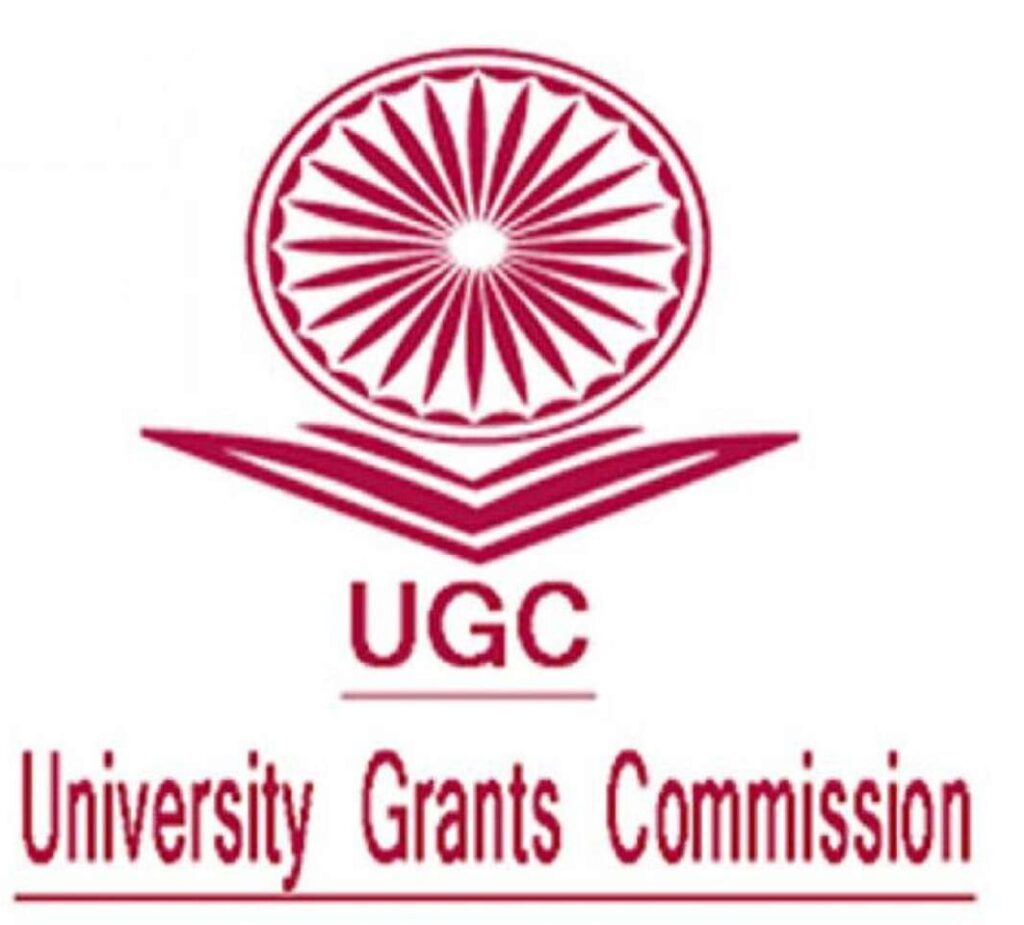
University Status Union Education Minister has released the UGC (Institutions Deemed to be Universities) Regulations 2023, which will replace the 2019 guidelines.
The revised guidelines have simplified the eligibility criteria in order to establish more quality-focused deemed universities.
University Grants Commission (UGC)
UGC was established as a statutory body by the UGC Act 1956.
It is set up by the Ministry of Education’s Department of Higher Education.
A proposal to replace it with another new regulatory body called the Higher Education Commission of India (HECI) is under consideration by the Government of India. Mandate
The UGC has the unique distinction of being the only grant-giving agency in the country which has been vested with two responsibilities of:
Providing funds ○ Coordination, determination and maintenance of standards in institutions of higher education.
The UGC`s mandate includes
Promoting and coordinating university education.
Determining and maintaining standards of teaching, examination and research in universities.
Advising the Central and State governments on the measures necessary for improvement of university education, etc.
What is Deemed Universities
The term deemed university refers to institutions of higher education that have been granted the status of a university by the Department of Higher Education, Ministry of Education.
Deemed universities are autonomous institutions that have the authority to award degrees and diplomas in their own name.
There are around 170 deemed institutions in the country currently
They enjoy certain privileges and have the freedom to design their own curriculum, conduct admissions, and set their own academic standards.
The status of a deemed university is granted to an institution based on its overall academic excellence, research contributions, and infrastructure.
institutions focus on specific areas of study such as engineering, medicine, management, arts, and sciences. universities are subject to periodic reviews by UGC to ensure compliance with regulations.
New Guidelines
Framed on the principle of a light but tight regulatory framework envisioned in the National Education Policy 2020.
Changed criteria
Under the 2019 guidelines, the higher education institutions having existence for not less than 20 years were eligible for applying for the status.
In the revised guidelines, it has been replaced with:
multi-disciplinarity,
NAAC grading,
NIRF ranking and
NBA (National Board of Accreditation) grading.
It means any multi-disciplinary institution will be able to apply for the deemed status if they have
valid accreditation by NAAC with at least 3.01 cumulative grade point average (CGPA) for three consecutive cycles,
NBA accreditation for 2/3rd of eligible program for 3 consecutive cycles or
in the top 50 of any specific categories of NIRF for the last 3 years continuously.
higher education institutions which are less than 20 years old will now be eligible to apply for deemed university status, provided they fulfil the above criteria.
A cluster of institutions managed by more than one sponsoring body or a society can also apply for deemed to be university status.
Deemed status under the Distinct Institution category
The new regulation also introduces the “Distinct Institution” category. However, to get recognition under this category, the applicants must establish to the satisfaction of the Expert Committee of Commission that the institution is engaged in.
teaching and research in unique disciplines and/or
addressing the strategic needs of the country or
preservation of Indian cultural heritage or preservation of the environment or
skill development or dedicated to sports or languages or any other discipline.
Criteria to set up off-campus centres
Deemed universities with minimum ‘A’ grade and above or ranked from 1 to 100 in the universities category of NIRF rankings of the relevant year are eligible to set up off-campus centres.
Institutions declared as deemed to be university under a distinct category can apply for off-campus after 5 years of their declaration if they are accredited with an A grade or figured in the top 100 in the ‘universities’ category of NIRF.
Other criteria that have been changed are o faculty strength has been increased from 100 to 150,
corpus fund for private institutions has been increased from Rs 10 crore to Rs 25 crore, a o creation of an executive councils like central universities in these universities as well. Deemed universities must register on Academic Bank of Credits (ABC). ABC is a virtual/digital storehouse that contains the information of the credits earned by individual students throughout their learning journey.
P.M Poshan Bhi, Padhai Bhi
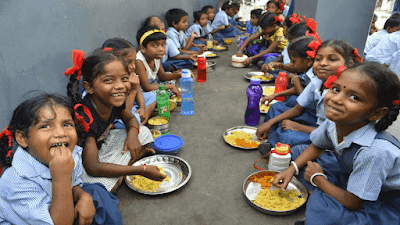
create by google
The Union Ministry of Women and Child Development (MoWCD) launched the Centre’s flagship programme ‘Poshan Bhi, Padhai Bhi’, which will focus on Early Childhood Care and Education (ECCE) at anganwadisacross the country.
ECCE is an important component of Mission Saksham Anganwadi and Poshan 2.0 envisaged under the National Education Policy 2020. Mission Saksham Anganwadi and Poshan 2.0
In Financial Year 2021-22, the Government of India restructured the ICDS and POSHAN (Prime Minister’s Overarching Scheme for Holistic Nourishment) Abhiyaan into Saksham Anganwadi and POSHAN 2.0
It is an Integrated Nutrition Support Programmeapproved for implementation during the 15th Finance Commission period 2021- 22 to 2025-26.
It seeks to address the challenges of malnutrition in children, adolescent girls, pregnant women and lactating mothers through
A strategic shift in nutrition content and delivery and Creation of a convergent eco-system to develop and promote practices that nurture health, wellness and immunity.
What is the scheme to do Poshan Bhi , Padhai Bhi
The india has around 14 lakh anganwadi centres has to 100260464 beneficiaries.
Rs 600 crore are being proposed to be allocated for the training process under Poshan Bhi , Padhai Bhi.
Nutrition Support through Supplementary Nutrition Programme (SNP)
children (6 months to 6 years)
pregnant women and lactating mothers (PWLM)
Adolescent Girls (14 to 18 years) in Aspirational Districts and North Eastern Region (NER);
ECCE [3-6 years] and early stimulation for (0-3 years) Anganwadi Infrastructure including modern, upgraded Saksham Anganwadi
Poshan Abhiyaan
Launched in 2018, its focus is to lay emphasis on nutritional status of adolescent girls, pregnant women, lactating mothers and children from 0-6 years age.
What is the aim Poshan Bhi Padhai Bhi Programme
It is a path breaking ECCE program to ensure that India has the world’s largest, universal, high-quality preschool network, as suggested by the NEP 2020
The aim is not only to make anganwadicentresnutrition hubs but also education-imparting centres – providing at least two hours of high-quality preschool instruction on a daily basis.
Under this, the government will target children’s development in every domain mentioned in the National Curriculum Framework, viz., physical and motor development, cognitive development, socio-emotionalethical development, etc.
It will also ensure the use of developmentally appropriate pedagogies and emphasising the links with primary education as well as early childhood health and nutrition services.
It will help build a Jan Andolan, to involve communities in strengthening the foundations of the country’s future generations
Conclusion
Automated Permanent Academic Account Registry (APAAR) under the NEP 2020, government introduced new schemes to improved day by day education system future ready citizens. sustainable development goals to development every Indian.
note part- APAAR ID
both are the part of each other connect
if you read about APAAR ID click the link
Q-NA
What is [NEP] National Education Policy total budget 2023-24.
Yes, Indian government in this year with financial outlay of rs.1037.90 crore, to under the National Education Policy.
How many PM SHRI proposed to amount
Yes, government expected More than 14500 school central government / state / ut government / local bodies More than 18 lakh student beneficiaries. the duration of scheme is proposed to be form 2022 to 27.
What is Poshan Bhi Padhai Bhi Programme budget
Yes, The india has around 14 lakh anganwadi centres has to 100260464 beneficiaries. Rs 600 crore are being proposed to be allocated for the training process under Poshan Bhi , Padhai Bhi period 2021- 22 to 2025-26.
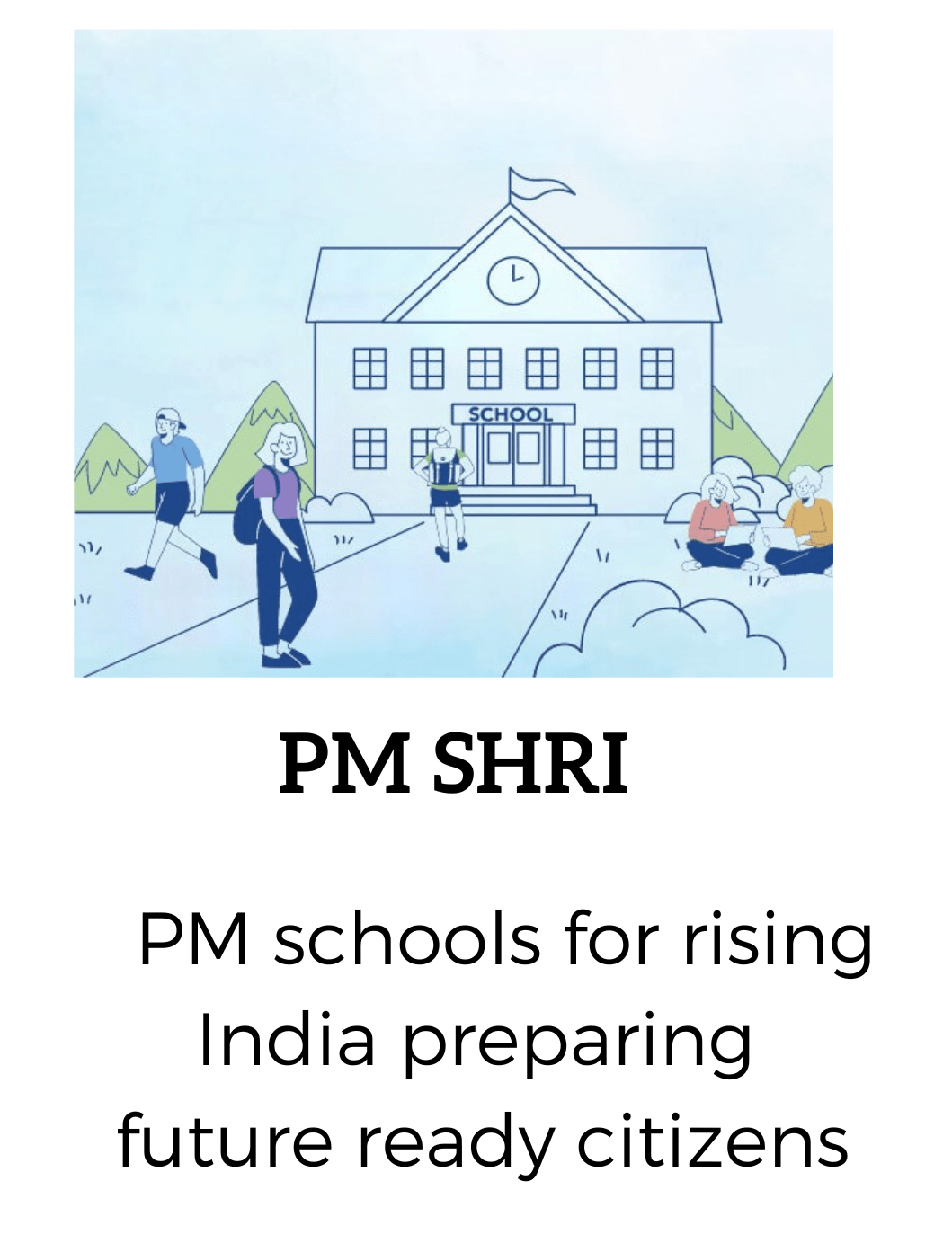

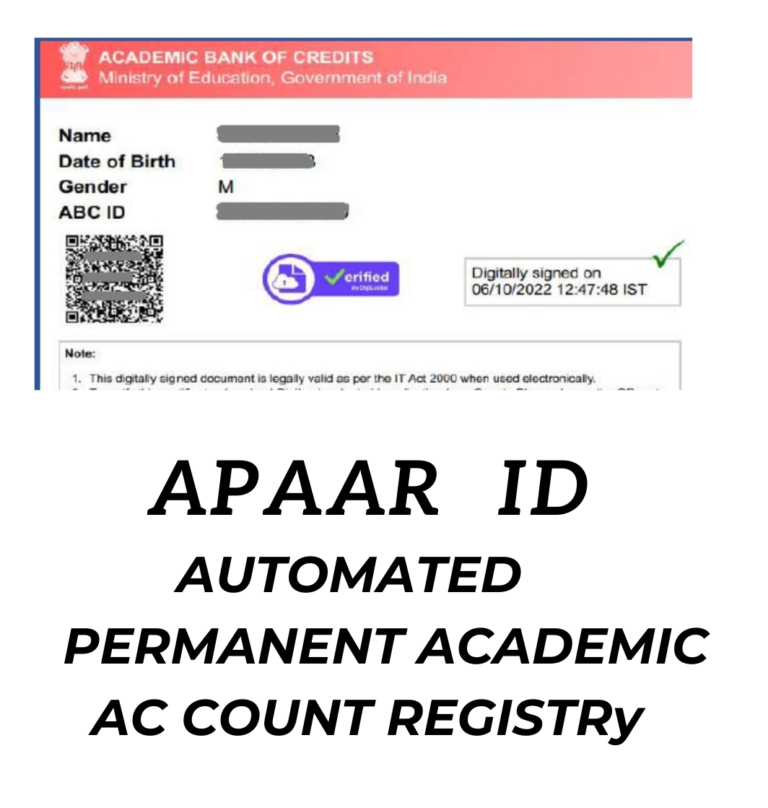

[…] All of the five scheme will be details part -2 if you went click the link. […]